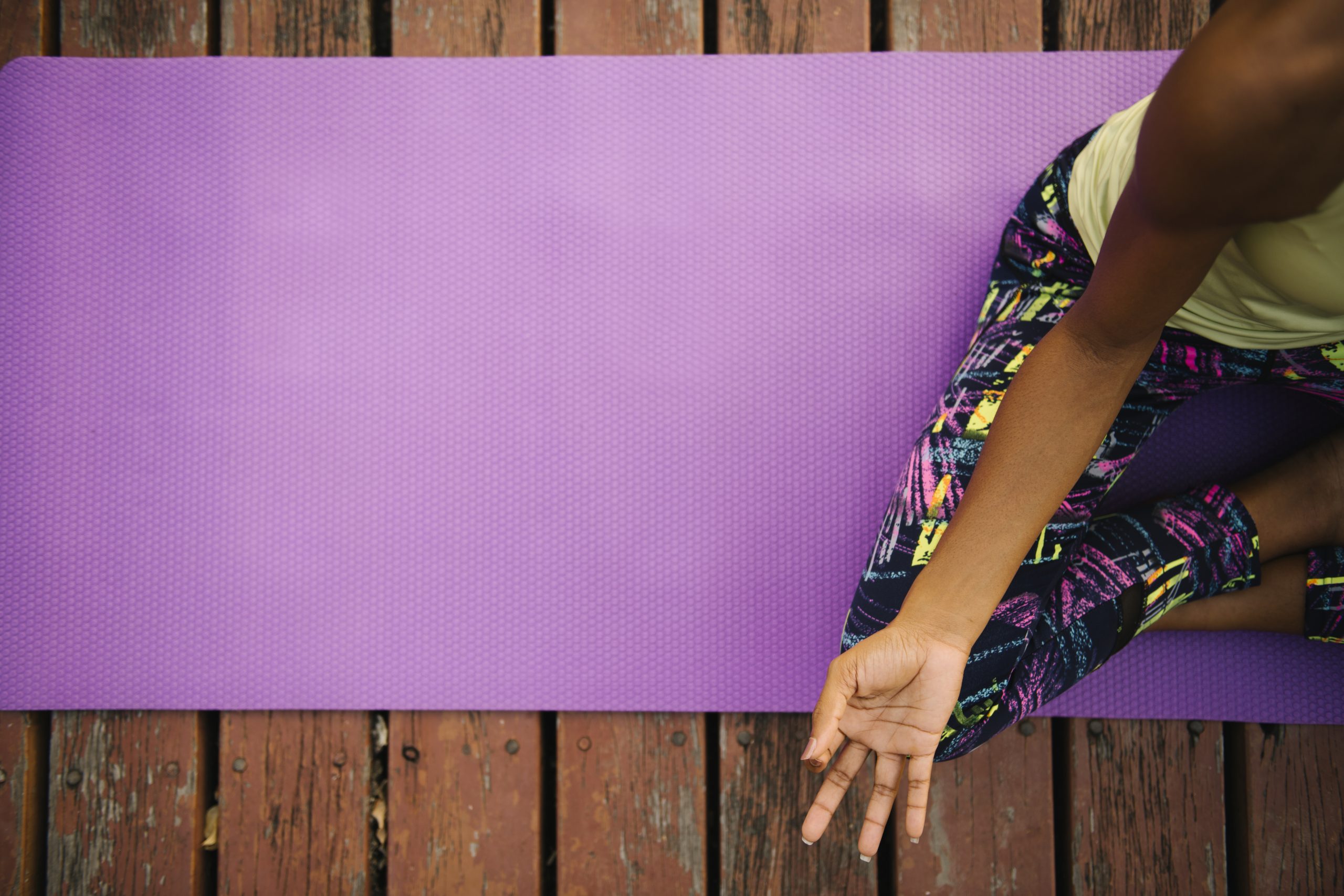Saket Saurabh
The ancient science of Yoga, synthesised by Indian Sants/Yogis to improve their quality of life and answer their intellectual and spiritual quests is witnessing a revival all over the world, including the country of its origin, India. Ironically, the fast-growing popularity of Yoga in the West has spurred its popularity in India as well. Add to it government promotion, and awareness about its benefits has reached every corner of the world.
Due to the universal appeal of Yoga, the United Nations passed a resolution on December 11, 2014, proclaiming June 21 as the International Day of Yoga. The growing popularity brought into limelight the kinds of mats that should be used to practise Yoga. In addition, several different props, such as bending tools, grasping tools, and wall-hanging tools, have been included to increase the overall quality.
Yogis in India used traditional mats like durries or rugs. Dr Subodh Saurabh, Director, School of Yoga, Shoolini University, says the mats must be made of a material which is an insulator or bad conductor of heat. He says Yoga involves a connection with spiritualism and the heat generated by Yogic asanas and meditation must not be dissipated through contact with the earth. The use of wooden khadaon or chappals by Rishis and other practitioners of Yoga explains this concept, he added.
Therefore, the mats should be made either of cotton, wool, rubber or leather and Yoga should not be practised on the ground or wooden flooring. Keeping in mind the needs of those who practice Yoga, researchers at Shoolini University have developed advanced Yoga mats such as the Head Grip mat, hand grip mat, knee grip mat and Yoga grip mat.
Markers have been placed on these mats that indicate the points where one should stand to begin an aasan or pranayama before beginning the exercise. In addition, the mats feature groove cuts close to the palms, knees, and hands to guarantee that Yoga is carried out appropriately.
The research on these mats was conducted to decrease the number of injuries that were sustained as a result of the structure of the plain mats. It was intended to provide indications and patterns to verify that the postures are executed correctly and that Yoga is practised appropriately.
These have been developed by a team of Yogic students at Shoolini university, which is headed by Dr Subodh Saurabh and Dr Mala Tripathi. Other team members who helped in conceptualising and carrying out the implementation of the plan include Satish, Sushil Kumar, Shivanya Thakur, Sumit Kumar, Suman Rawat, Divya Matlani, Sakshi Guleria and Deepshika Thakur.
